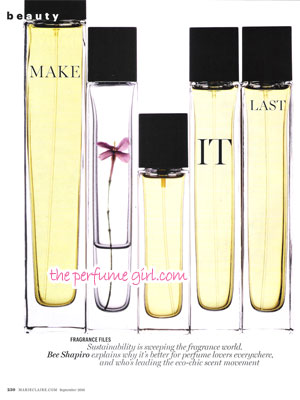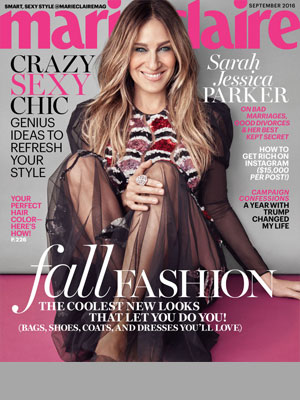Perfume Sustainability
Perfume Sustainability
In this month's Marie Claire Fragrance Files, New York Times beauty writer, Bee Shapiro, dives into the growing concern of sustainability in the fragrance industry and the proactive measures some big perfume houses and niche labels are taking today.
Excerpts from a fragrance editorial, Fragrance Files, in Marie Claire Magazine, September 2016 issue.

Make It Last
"Sustainability is sweeping the fragrance world. Bee Shapiro explains why it's better for perfume lovers everywhere, and who is leading the eco-chic scent movement."
-- Bee Shapiro, Beauty Writer New York Times
| Read more @ MarieClaire.com
Natural and Organic Perfume Ingredients
Just as the recycling and farm-to-table movements are spreading across the planet, savvy beauty junkies from Los Angeles to Seoul are demanding natural and organic ingredients in their products. Today, more and more cosmetics companies are talking about sustainability, too, whereas "none of this existed five years ago," says Dominique Roques, head of naturals sourcing at fragrance house Firmenich... "It's the consumers who have changed everything, and their pressure is going to drive the game."
Already, home products, skincare, and makeup are facing scruting from newly globalized, fiercely educated consumers. And the next area of focus is fragrance, a world where the oud in your $200 perfume may have a higher true cost: namely, the potential extinction of a major tree species in the next decade. Obviously, no woman wants that to happen, but when it comes to scent making, she just may not know any better.
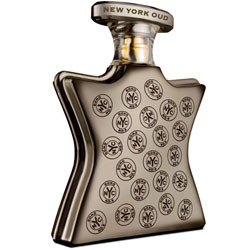
Bond No.9
New York Oud
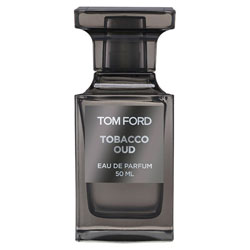
Tom Ford
Tobacco Oud
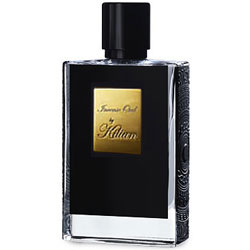
By Kilian
Incense Oud
Oud... is made with the resin of the agar tree, and the Convention on International Trade in Endangered Species of Wild Fauna and Flora now lists it as a potentially threatened tree species, in part because it's been exploited by the perfume business.
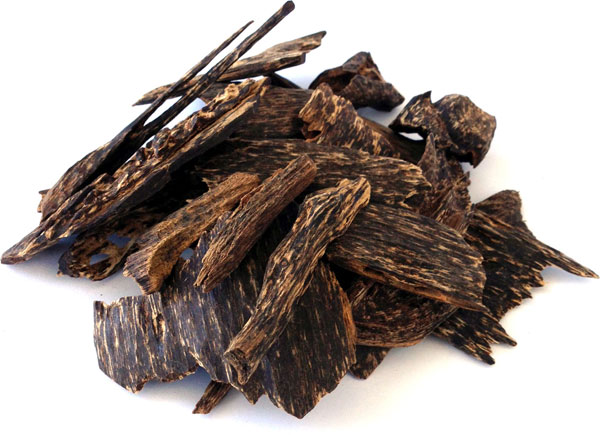
Responsible Farming & Sustainable Perfume Ingredients
Fortunately, perfume powerhouses have made some impressive strides. Robertet, which works with beauty brands like Fresh and Byredo, is championing a program called Seed to Scent that involves the company in every step of the natural-ingredient sourcing process, from procuring the farmland and hiring the workers to harvesting and processing the crops. The initiative has been a particular success with sandalwood....
Similarly, fragrance house Symrise... has launched programs championing biodiversity, reforestation, and sustainable farming practices in Madagascar and the Amazon. ... Firmenich even overhauled the way it assesses natural ingredients with the 2010 launch of its Ingredients Index, which operates as a sustainability scorecard for 400 of the company's top ingredients. This way, a perfumer can easily choose the most sustainable ingredients when composing a fragrance.

Thierry Mugler
Angel Muse
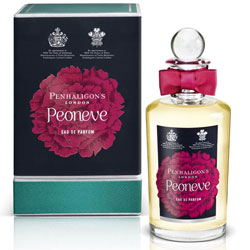
Penhaligon's
Peoneve

Mui Mui
Eau de Parfum
Developing Synthetic Perfume Ingredients
...responsibly farmed natural ingredients is part of a successful sustainability stategy, [but] so is developing synthetically created ingredients that mimic natural scents. Synthetics may seem anathema to the eco-minded customer, but those created with green chemistry can be some of the eco-friendliest fragrance ingredients of all... For example, Symrise's production of sunthetic menthol - an ingredient that used to be extracted from mint oil - produces absolutely zero waste. ...some young brands, like Escentric Molecules, are 100% sythetic, partly because of sustainability concerns.
Many companies are also using green chemistry and renewable resources to develop completely original fragrance notes. ... Givaudan has created Akigalawood, a woody-amber note, developed in a lab and now used in Miu Miu's eponymous new perfume.

"What is extremely important now for sustainability is transparency. People are sick and tired of not knowing what's in their bottle."
--Dominique Roques
Perhaps the best part of this burgeoning sustainability movement: Beauty companies aren't just touting their efforts but also acting on them. "There is truly change happening," Roques says. "What is extremely important now for sustainability is transparency. People are sick and tired of not knowing what's in their bottle."
(Goldstein, Jennifer. "Beauty: Vanity Files." Marie Claire Sept. 2016: 202)

